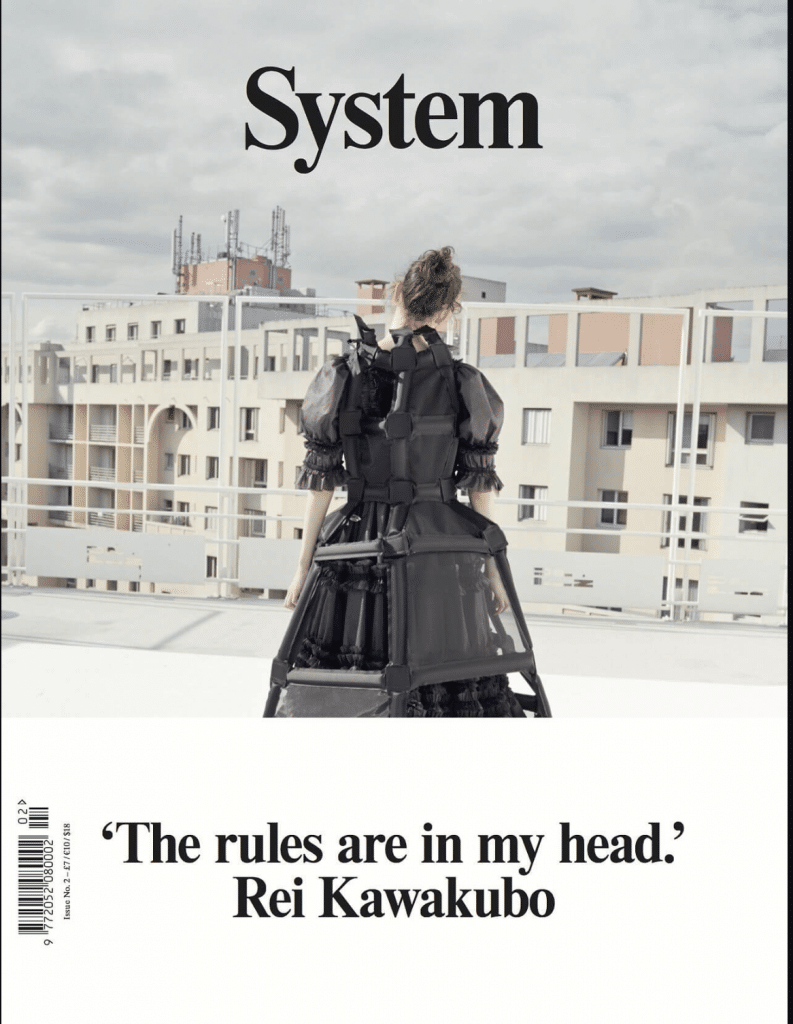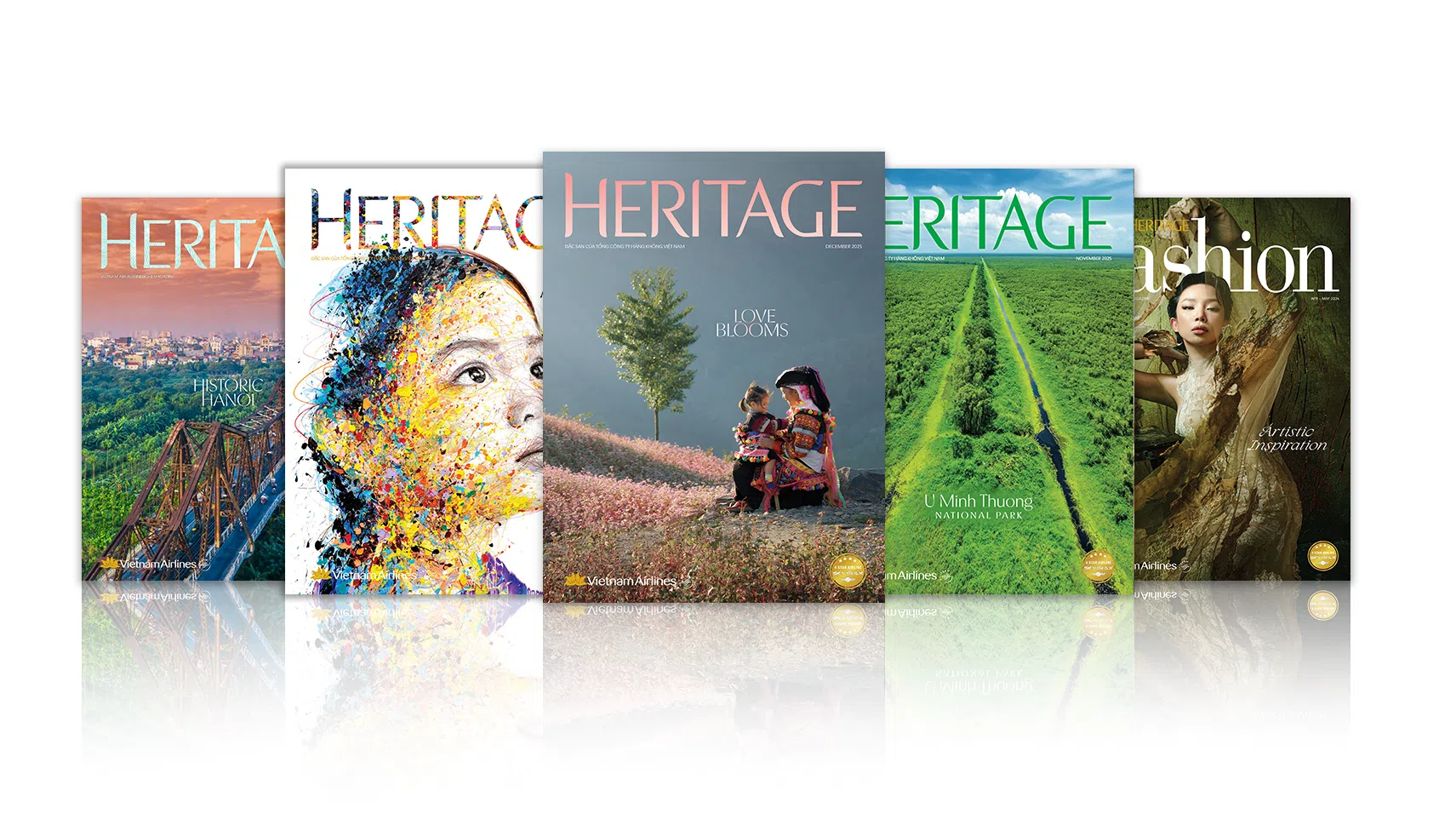Story MINH NHAT
Photos INTERNET
Despite the digital transformation of many fields, print magazines continue to thrive and assert their unique position.

Sustainable relationships
The advent of the Internet was thought to signal the end of print media. However, despite the digital revolution, the 2020s have seen the print magazine market become more crowded than ever, with hundreds of titles being published worldwide. The fashion community is well aware that as the Internet expands, physical magazines draw closer to the values that luxury brands demand from a mainstream media outlet.
As Véronique Louise, former Director of Communications and Brand at Moët Hennessy and LVMH, said: “Print is a natural place to belong for luxury brands – they share similar values. In a world of fake news and superficial images, where time is lacking, print publications stand for substance and meaning.” With significant influence and purchasing power, major players in the luxury sector have never shown fear in the face of headlines proclaiming the print industry dead.
The luxury market does not settle for superficiality. Quality and creativity play a crucial role in persuading consumers to believe in high prices and view the brand as an aspirational model. Just as Hermès encourages customers to queue up a year in advance to purchase a Birkin bag for the following season, the wait enhances the rare luxury experience. The unique appeal of Rolex does not lie just in its gears or steel, but in the time both the brand and the customer invest. Just as the brand considers time one of its most valuable assets, so too does print media.

A magazine must undergo numerous stages before reaching the printing press. Once the publication is in hand, the reader can enjoy precious moments, from the scent of high-quality paper to exclusive content. Print magazines serve a specific amount of in-depth content, providing a reliable and safe environment for the brand’s image and fostering a close connection between the brand and its readers. In short, print media holds a production value that digital media products cannot touch.
New knowledge, new talent
Interestingly, these production values align seamlessly with the high expectations of the fashion industry. The primary role of a magazine is to guarantee superior quality and uphold the prestige of the fashion world. In the public’s perception, fashion magazines are platforms for the most influential names in the billion- dollar industry, from discerning tastemakers to talented designers. The presence of Vogue’s Editor-in-chief, Anna Wintour, at major fashion events eclipses that of any celebrity.
Still, before 2000, readers often believed that the content in glossy magazines was created by editorial teams indifferent to issues beyond aesthetics. Publications like 032c, 1 Granary, System, or Dansk did not yet exist, and i-D was still considered an “underground” name. Today, however, fashion magazines carry a much deeper value.

Dansk, based in Copenhagen, Denmark, launched in 2002 with the tagline “The world’s most independent fashion magazine.” Publishing only two issues a year and distributed in 20 different countries, Dansk creates an open platform for the Scandinavian creative community, allowing them broader access to the fashion industry. In 2012, Olya Kuryshchuk founded 1 Granary, publishing its first issue in 2013 with support from Comme des Garçons. The magazine primarily targets students aspiring to build sustainable careers in the creative sector, offering them valuable insights directly from industry veterans. These individuals share similar backgrounds and are now working as women’s wear designers at Gucci, accessory designers at Bottega Veneta, material specialists at CHANEL, or even interns for Jonathan Anderson at Loewe. Beyond setting and leading trends, fashion magazines clearly play a significant role as launchpads and open knowledge sources for the new creative generation, thereby adding talented personnel to the global fashion industry.










